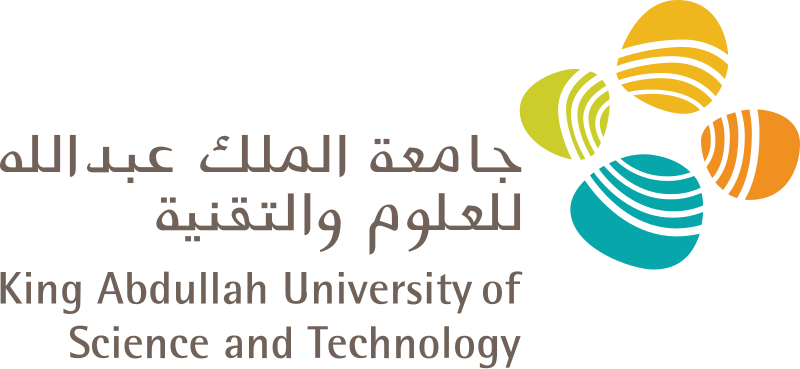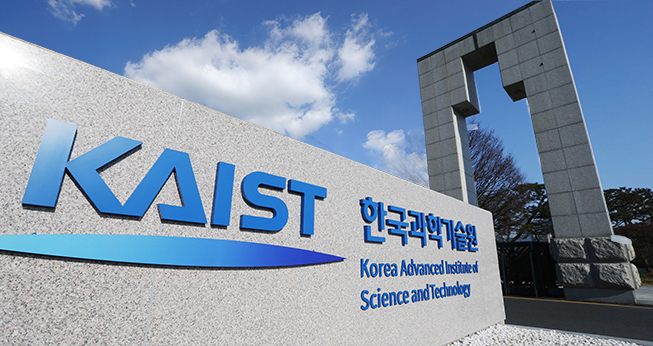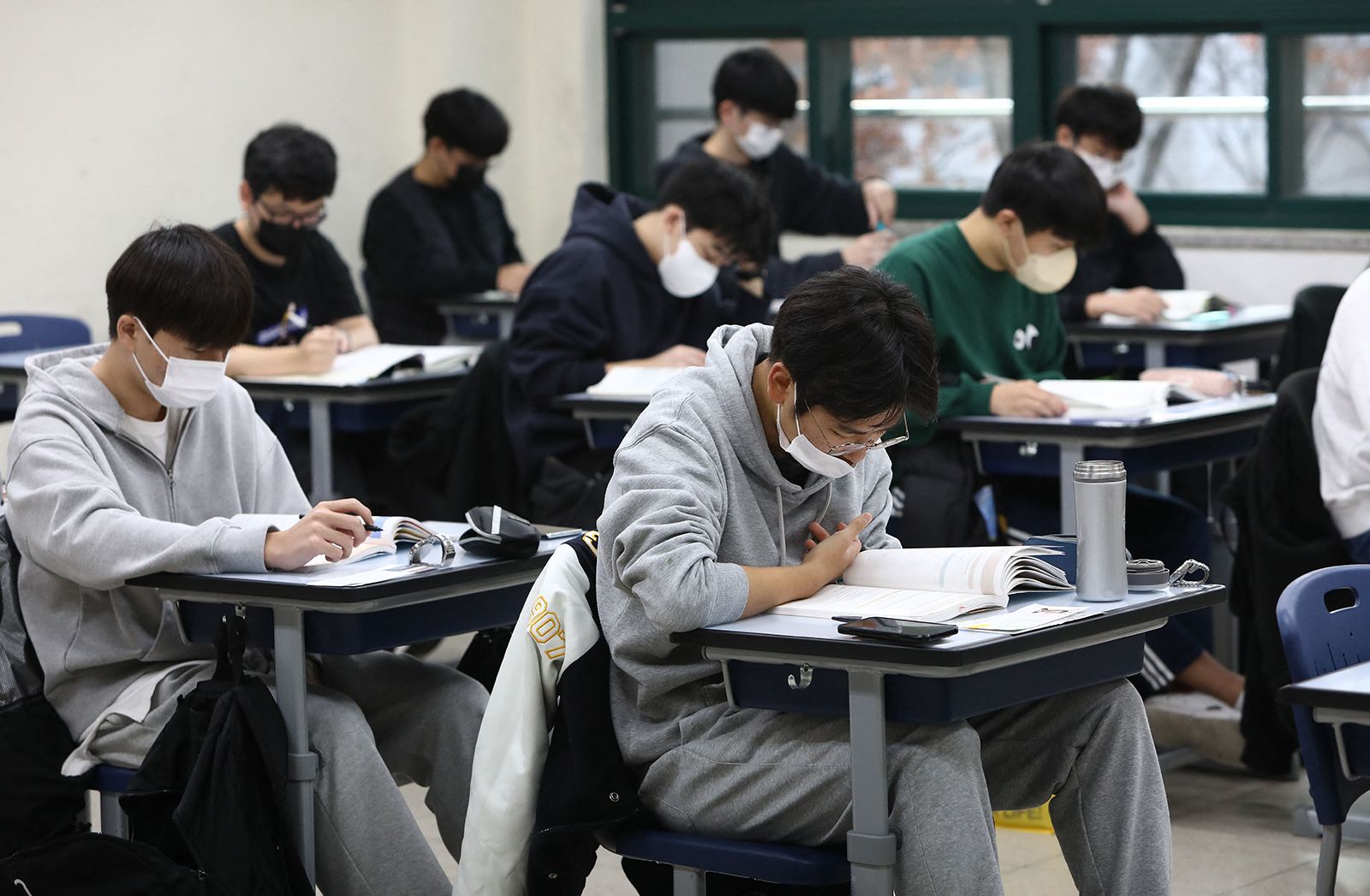
Applying to KAUST - Your Complete Guide for Masters & Ph.D. Programs (Upcoming Admissions)
Admissions Overview & Key Requirements

A transformative new approach developed at Stanford Medicine has successfully prepared patients for stem cell transplants without the need for toxic busulfan chemotherapy or radiation. This innovative method promises to make life-saving transplants safer and more accessible, particularly for vulnerable patients.
Traditionally, before a stem cell transplant – a procedure where diseased bone marrow is replaced by healthy donor cells – a patient's own stem cells must be removed. This crucial step has typically been achieved using intensive radiation or chemotherapy. In this groundbreaking trial, however, patients received injections of briquilimab, an antibody specifically designed to target CD117, a protein found on the surface of blood-forming stem cells. This antibody effectively eliminates the patient's existing blood-forming stem cells without causing the severe, toxic side effects associated with conventional methods.
The research team specifically tested this new protocol on patients with Fanconi anemia, a severe genetic disease that makes standard stem cell transplants exceptionally risky due to the patients' extreme sensitivity to conventional treatments. However, researchers are optimistic that this method could also benefit patients suffering from other genetic diseases requiring stem cell transplants.
The findings of this pivotal clinical trial were published online on July 22 in Nature Medicine. The study details how a specific antibody, used in combination with other medications, facilitated successful transplants for three children diagnosed with Fanconi anemia. All three participants have now completed two years of follow-up and are thriving, showing remarkable recovery.
"We were able to treat these really fragile patients with a new, innovative regimen that allowed us to reduce the toxicity of the stem cell transplant protocol," explained Dr. Agnieszka Czechowicz, MD, PhD, assistant professor of pediatrics and co-senior author of the study. “Specifically, we could eliminate the use of radiation and genotoxic chemotherapy called busulfan, with exceptional outcomes.”
The study's authorship also includes Dr. Alice Bertaina, MD, PhD, the Lorry I. Lokey Professor and co-first author, and Dr. Matthew Porteus, MD, PhD, the Sutardja Chuk Professor in Definitive and Curative Medicine, as co-senior author.
This clinical trial also successfully addressed another significant challenge in stem cell transplantation: the historically limited availability of fully matched donors. The researchers found an innovative way to significantly increase the likelihood of transplant success by modifying the donated bone marrow before administering it to the participants. They achieved this by enriching for CD34+ cells – the donor’s crucial blood-forming stem cells – while specifically removing a subset of problematic immune cells known as alpha/beta T-cells. This innovation, originally developed by Dr. Bertaina and her colleagues before she joined Stanford Medicine, substantially reduces the risk of graft-versus-host disease (GVHD), a severe complication where immune cells from the donated bone marrow attack the recipient's body. Critically, this modification now allows patients to receive cells from individuals who share only half of their immune markers, such as a parent, dramatically expanding the pool of potential donors.
The very first patient with Fanconi anemia to benefit from these novel approaches was Ryder Baker, an 11-year-old from Seguin, Texas. Ryder received his stem cell transplant at Lucile Packard Children’s Hospital Stanford in early 2022 as part of the clinical trial. His mother, Andrea Reiley, noted that Ryder’s Fanconi anemia "doesn’t slow him down like it used to." Before the transplant, she recalled, "He was so tired, he didn’t have stamina. It’s completely different now." Ryder, who recently finished fifth grade, is now able to enjoy playing sports, including pickleball, and even received an "Up and Coming Player" award from his school’s soccer team.
The researchers harbor strong hopes that Ryder will be just the first of many children to significantly benefit from their pioneering work. "Bone marrow or stem cell transplants are most commonly used in blood cancers, in which the bone marrow is full of malignant cells and patients have no other options," Dr. Czechowicz explained. “But as we’re making these transplants better and safer, we can expand them to more patients, including those with many different diseases.”
The research team is now actively conducting a Phase 2 trial of this identical protocol in additional children with Fanconi anemia. They also have plans for future studies to assess whether this innovative approach will be effective for other medical conditions, including Diamond-Blackfan anemia, another genetic disease characterized by bone marrow failure.
The researchers acknowledge that most cancer patients may still require some form of chemotherapy or radiation to effectively eliminate malignant cells. However, they also noted that another team at Stanford Medicine is currently investigating whether the antibody can assist elderly cancer patients who are too fragile or have co-existing conditions that prevent them from tolerating full doses of radiation or chemotherapy.
"That population is often at a disadvantage," Dr. Agarwal commented. "It may provide us with a way to treat them with less intensity so it’s possible for them to get a transplant."
The group is also diligently working on developing next-generation approaches, aiming for continuous improvements in the treatment regimen for patients with Fanconi anemia and various other severe diseases.
Contributions to this pivotal study came from researchers at the University of California, San Francisco; Kaiser Permanente Bernard J. Tyson School of Medicine; St. Jude Children’s Research Hospital; Memorial Sloan Kettering Cancer Center; and Jasper Therapeutics Inc.
Study funding was generously provided by anonymous philanthropic support and the California Institute of Regenerative Medicine. The antibody, briquilimab, was supplied by Jasper Therapeutics Inc. Additional clinical trial support and assistance with the study's execution were provided by the Fanconi Cancer Foundation and the Stanford Clinical Trial program.
Share

Applying to KAUST - Your Complete Guide for Masters & Ph.D. Programs (Upcoming Admissions)
Admissions Overview & Key Requirements

Erasmus Mundus Joint Master's 2026 (Upcoming Admissions)
Erasmus Mundus programs are scholarships available to students worldwide, offering fully-funded Master’s degrees to study in Europe!

KAIST International Graduate Admissions Spring 2026 in Korea (Fully Funded)
Applications are open for KAIST International Admissions for Master’s, Master’s-PhD Integrated, Ph.D., and Finance MBA

Registration Opens for SAF 2025: International STEAM Azerbaijan Festival Welcomes Global Youth
The International STEAM Azerbaijan Festival (SAF) has officially opened registration for its 2025 edition!

CIPS Youth Future Summit 2026 in Switzerland (Fully Funded Available)
Applications are Open for the CIPS Youth Future Summit in Switzerland for International Young Leaders and Changemakers

South Korea Leads OECD in Higher Education Completion for 17th Consecutive Year
With 56.2% of adults holding a college degree or higher, South Korea continues to lead the OECD in higher education attainment.